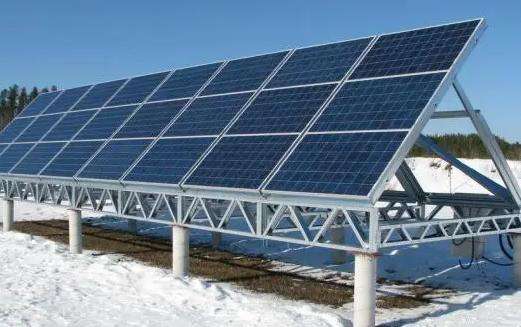Active yaw generally uses a wind direction instrument, which is placed on the nacelle of the wind turbine. Depending on the measured wind direction, the yaw system turns by a certain angle in the corresponding direction. Passive yaw mainly refers to the downwind fan, etc., which passively rotates with the wind. When the fan is not at an angle to the wind direction, the fan continues to rotate under the action of the wind.
There are several braking systems for wind turbines
The yaw of large wind turbines is usually composed of four yaw motors, which pass through the crown encoder during the yaw process to calculate. yaw angle, the ring gear encoder can only calculate the angle of one gear at a time, then use the accuracy of the ring gear encoder to calculate a minimum yaw angle. Generally, a few degrees of change can meet the requirementsof. wind turbine. Yes, because the slight changes in wind direction at a certain time are greater than the minimum angle of your yaw, and the wind turbine does not yaw all the time. The wind direction it calculates at a certain moment only corresponds to this one. power generation needs, even if the wind direction deviates slightly, it does not yaw.
When the wind speed is too high, after the wind turbine stops, is it tilted so that the turbine rotation plane is parallel to the wind speed?
The generator set must include the following braking parts:
1: Aerodynamic braking: i.e. using the blades in feathering or in the state of blade tip reversal, the resistance is greater than the lift To achieve turbine braking
2: Low speed brake: use hydraulic brake to brake the generator turbine .
3: High v brakespeed: Use the hydraulic brake to brake the high-speed axis of the unit.
4: Yaw braking: Use hydraulic brakes to realize yaw braking of the unit.
5: Electromagnetic brakes for small motors in other parts.
So there are generally three types of brakes: aerodynamic, hydraulic and electromagnetic.
The feathering process has nothing to do with yaw. As for the wind speed being too high, feathering alone cannot protect it. In the case of wind turbines, yaw reduces the total windward surface area of the blades. As for whether there are specific wind turbines that use this method of protection, the book does not mention it. do it, but it is conceivable that the effect will not be very good.
Before stopping, the fan is not only subjected to a static load, but also a dynamic load when the impeller rotates. When stopped, heThere is theoretically no dynamic load, which is why it should. be The load is greater during rotation. However, for wind speeds of 40-50 m this is not necessarily the case and must be determined by specific calculations, so different fan parameters must be given.














